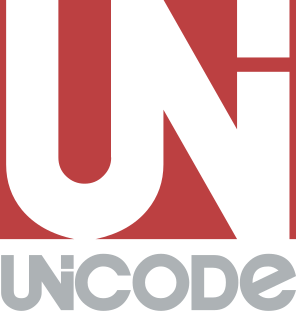
Levantine Arabic is a broad variety of Arabic and the main vernacular spoken Arabic of the eastern coastal strip of the Levantine Sea that includes parts of Lebanon, Jordan, Syria, Palestine, Israel, and Turkey. With numerous dialects and over 30 million native speakers worldwide, it is considered one of the five major varieties of Arabic. In the frame of the general diglossia status of the Arab world, Levantine Arabic is used for daily spoken use, while most of the written and official documents and media use Modern Standard Arabic.
Old South Arabian is a group of four closely related extinct languages spoken in the far southern portion of the Arabian Peninsula. They were written in the Ancient South Arabian script.
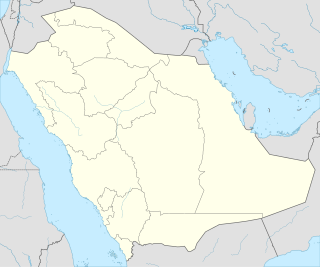
Tayma or Tema Teman/Tyeman/Yeman ‹ is a large oasis with a long history of settlement, located in northwestern Saudi Arabia at the point where the trade route between Yathrib (Medina) and Dumah (al-Jawf) begins to cross the Nefud desert. Tayma is located 264 km southeast of the city of Tabouk, and about 400 km north of Medina. It locates in the western part of An Nafud desert.
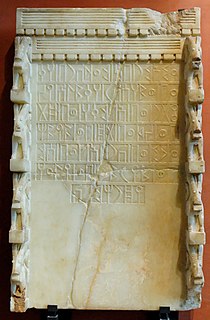
The Ancient South Arabian script branched from the Proto-Sinaitic script in about the 9th century BC. It was used for writing the Old South Arabian languages of the Sabaic, Qatabanic, Hadramautic, Minaean, Hasaitic, and Ge'ez in Dʿmt. The earliest inscriptions in the script date to the 9th century BC in the Northern Red Sea Region, Eritrea. There are no letters for vowels, which are marked by matres lectionis.
It is thought that the Arabic alphabet is a derivative of the Nabataean variation of the region, which descended from the Phoenician alphabet, which, among others, gave rise to the Hebrew alphabet and the Greek alphabet.
Northwest Semitic is a division of the Semitic languages comprising the indigenous languages of the Levant. It would have emerged from Common Semitic in the Early Bronze Age. It is first attested in proper names identified as Amorite in the Middle Bronze Age. The oldest coherent texts are in Ugaritic, dating to the Late Bronze Age, which by the time of the Bronze Age collapse are joined by Old Aramaic, and by the Iron Age by the Canaanite languages.

Thamudic is a name invented by nineteenth-century scholars for large numbers of inscriptions in Ancient North Arabian (ANA) alphabets which have not yet been properly studied. It does not imply that they were carved by members of the ancient tribe of Thamud. These texts are found over a huge area from southern Syria to Yemen. In 1937, Fred V. Winnett divided those known at the time into five rough categories A, B, C, D, E. In 1951, some 9000 more inscriptions were recorded in south-west Saudi Arabia which have been given the name Southern Thamudic.
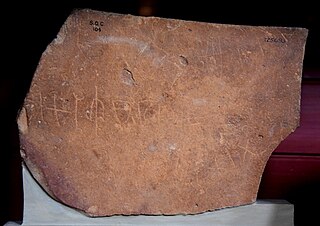
Safaitic is a variety of the South Semitic script used by the nomads of the basalt desert of southern Syria and northern Jordan, the so-called Ḥarrah, to carve rock inscriptions in various dialects of Old Arabic. The Safaitic script is a member of the Ancient North Arabian (ANA) sub-grouping of the South Semitic script family, the genetic unity of which has yet to be demonstrated.
The Arabic language family consists of all of the descendants of Proto-Arabic, including:
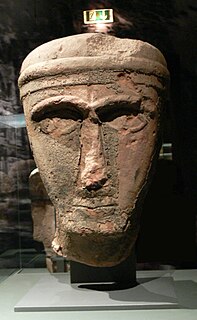
Lihyan or Dadan or Dedan was a powerful and highly organized ancient Arabian kingdom that played a vital cultural and economic role in the north-western region of the Arabian Peninsula. The Lihyanites ruled over large domain from Yathrib in the south and parts of the Levant in the north. In antiquity, Gulf of Aqaba used to be called Gulf of Lihyan. A testimony to the extensive influence that Lihyan acquired. Dedanite is used for the older phase of the history of this kingdom since their capital name was Dedan, which is now called Al-`Ula oasis located in northwestern Arabia, some 110 km southwest of Teima.

Al-ʿUla, is a governorate of Medina Region, and a city in north-western Saudi Arabia. Al-‘Ula was historically located on the Incense route. The city lies within the Governorate of 'Ula, one of seven in the Medina Region. The city is 110 km southwest of Tayma and 300 km north of Medina. The Governorate of 'Ula covers 29,261 square kilometres (11,298 sq mi). The city (municipality) covers 2,391 square kilometres (923 sq mi). The population of the city is 5,426.

Thirteen ancient towns have been discovered in Saudi Arabia up to the present day. These include Qaryat al-Fāw, the Al-Ukhdūd archeological area, Madā'in Ṣālih, Jubbah, Tārūt, Al-Shuwayḥaṭiyah, Thāj, Taimaa and Dūmat Al-Jandal. There are still more ancient towns in Saudi Arabia, but little information is currently available on them. Saudi Arabia occupies a unique and distinctive geographic location, bridging civilizations between continents. In ancient times the Arabian peninsula served as a corridor for trade; therefore it saw the beginning of many civilizations, the relics of which are still evident today. The Saudi government has recently established the Saudi Commission for Tourism and Antiquities, which is responsible for the preservation of these cities.
The Pharaonic Tayma inscription is a hieroglyphic petroglyph near the oasis of Tayma in Tabuk province. It was discovered by local archaeologists in 2010. The rock engraving was found around 400 km north of Madinah and northeast of the ancient Nabatean site of Madain Saleh. It marks the first confirmed hieroglyphic epigraph discovered in the Kingdom.
Hismaic is a variety of the Ancient North Arabian script and the language most commonly expressed in it. The Hismaic script may have been used to write Safaitic dialects of Old Arabic, but the language of most inscriptions differs from Safaitic in a few important respects, meriting its classification as a separate dialect or language. Hismaic inscriptions are attested in the Ḥismā region of Northwest Arabia, dating to the centuries around and immediately following the start of the Common Era.

Old Arabic is the earliest attested stage of the Arabic language, beginning with the first attestation of personal names in the 9th century BC, and culminating in the codification of Classical Arabic beginning in the 7th century AD. Originally the primary language of the Safaitic and Hismaic inscriptions, it came to be expressed primarily in a modified Nabataean script after the demise of the Nabataean Kingdom. In addition, inscriptions in Old Arabic are attested in the Dadanitic script and the Greek alphabet, the latter of which have proved indispensable in the reconstruction of the language's phonology.

Dadanitic is the dialect and script of the oasis of Dadān in northwestern Arabia, spoken probably some time during the second half of the first millennium BCE.
Proto-Arabic is the name given to the hypothetical reconstructed ancestor of all the varieties of Arabic attested since the 9th century BC. There are two lines of evidence to reconstruct proto-Arabic:

The Land of Tema, te'-ma or tema', is a place mentioned in the Bible where the descendants of Ishmael's son Tema dwelt.
Ancient Semitic-speaking peoples were West Asian people who lived throughout the Ancient Near East, including the Levant, Mesopotamia, Arabian peninsula, and Horn of Africa from the third millennium BC until the end of antiquity.
Taymanitic is the language and script of the oasis of Taymāʾ in northwestern Arabia, dated to the second half of the 6th century BCE.

